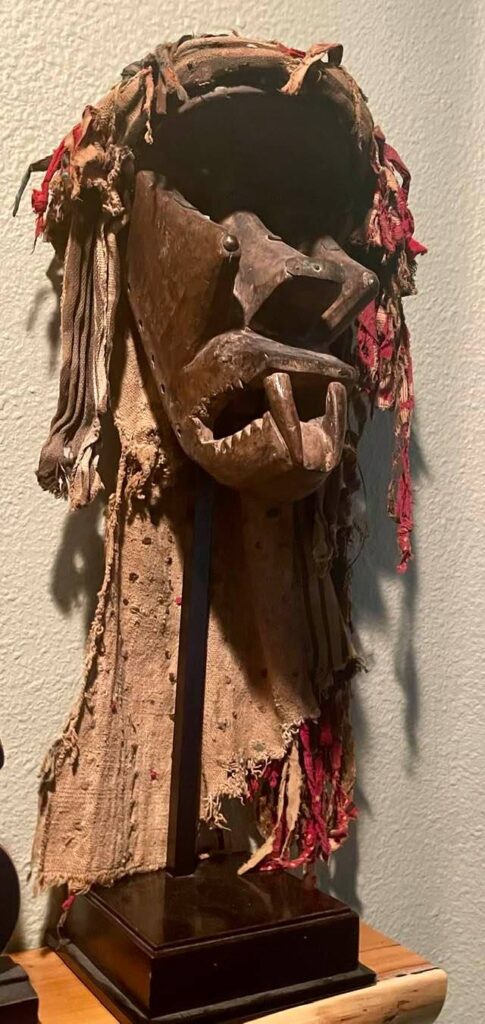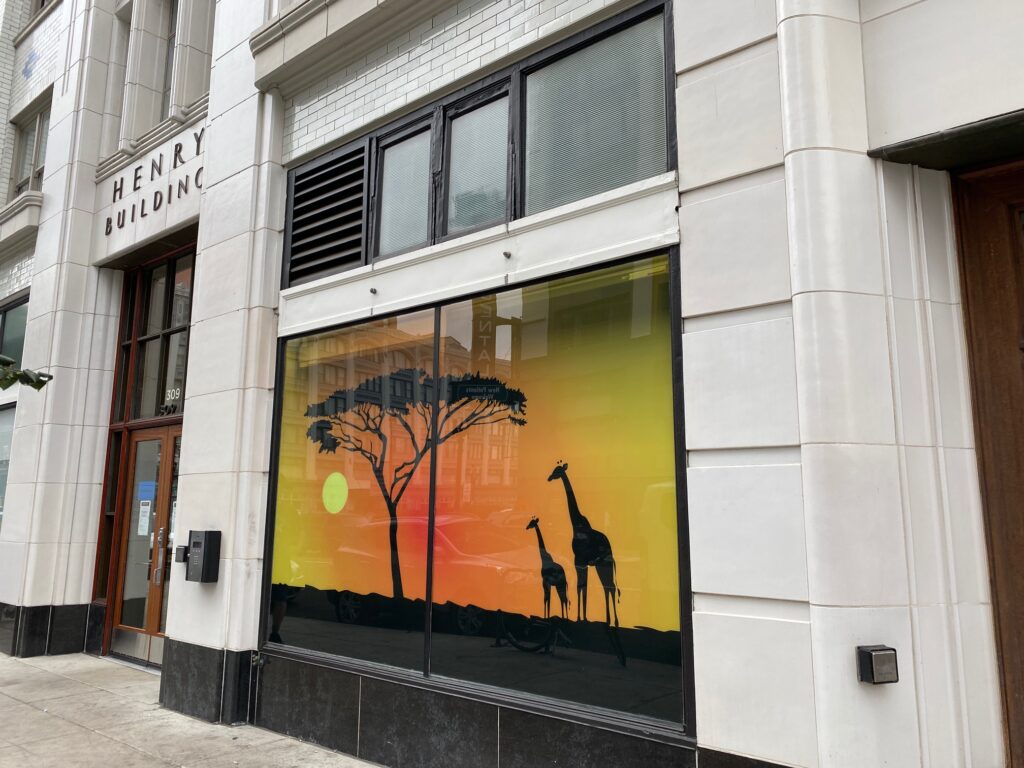A Kuba Bwoom helmet mask from Democratic Republic of Congo. Thanks To Tim Sugden for the photography.
Some people love the colorful, “evergreen”, types like these. I prefer those that have lost their color. Color in the old days wasn’t paint but rather some natural pigment, and the result is that by now, that pigment is mostly gone.
“Kuba mythology revolves around three figures, each represented by a masquerade character: Woot, the creator and founder of the ruling dynasty; Woot’s spouse; and Bwoom. Bwoom’s specific identity varies according to different versions of the myth. He may represent the king’s younger brother, a person of Twa descent, or a commoner. Embodying a subversive force within the royal court, the Bwoom masquerade is often performed in conflict with the masked figure representing Woot.”















